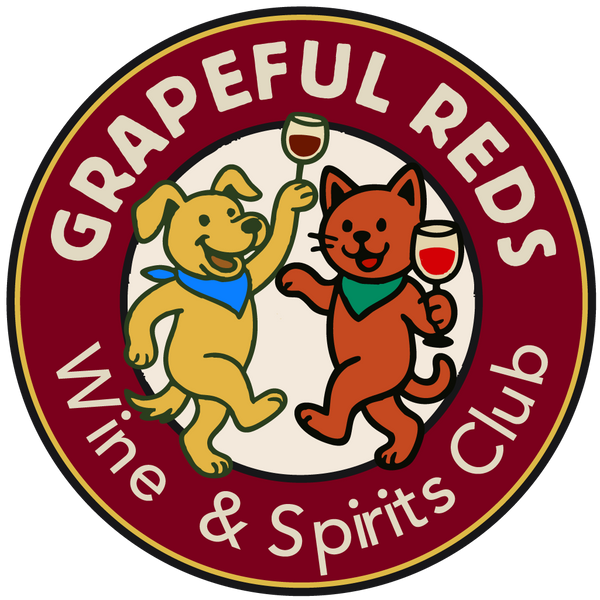Astringency
Definition:
That dry, mouth-grabbing sensation courtesy of tannins. Imagine your tongue making out with a cashmere sweater and then asking for a glass of water.
Why it Matters:
In the cocktail and bartending world, astringency is like the unsung bouncer, It doesn’t steal the spotlight, but it makes sure the party doesn’t get sloppy. Those tannins and dry textures keep drinks balanced, especially when you’re mixing wine-based cocktails or spirit-forward sippers. A splash of red wine in a cocktail without tannin bite is just grape juice with a trust fund. But add a little astringency? Suddenly, the drink has structure, tension, and that grown-up backbone you didn’t know you were missing.
For bartenders, mastering astringency is the difference between “smooth and seductive” and “harsh and hollow.” It teaches you how to balance sweet, sour, and bitter with something textural, not just flavor-based. Think of it as the handshake at the end of the drink: firm, confident, and leaving just enough impression that you remember it later. Too little, and the cocktail feels flabby. Too much, and it’s like drinking sandpaper. Nail it, and you’ve got yourself a memorable pour.
